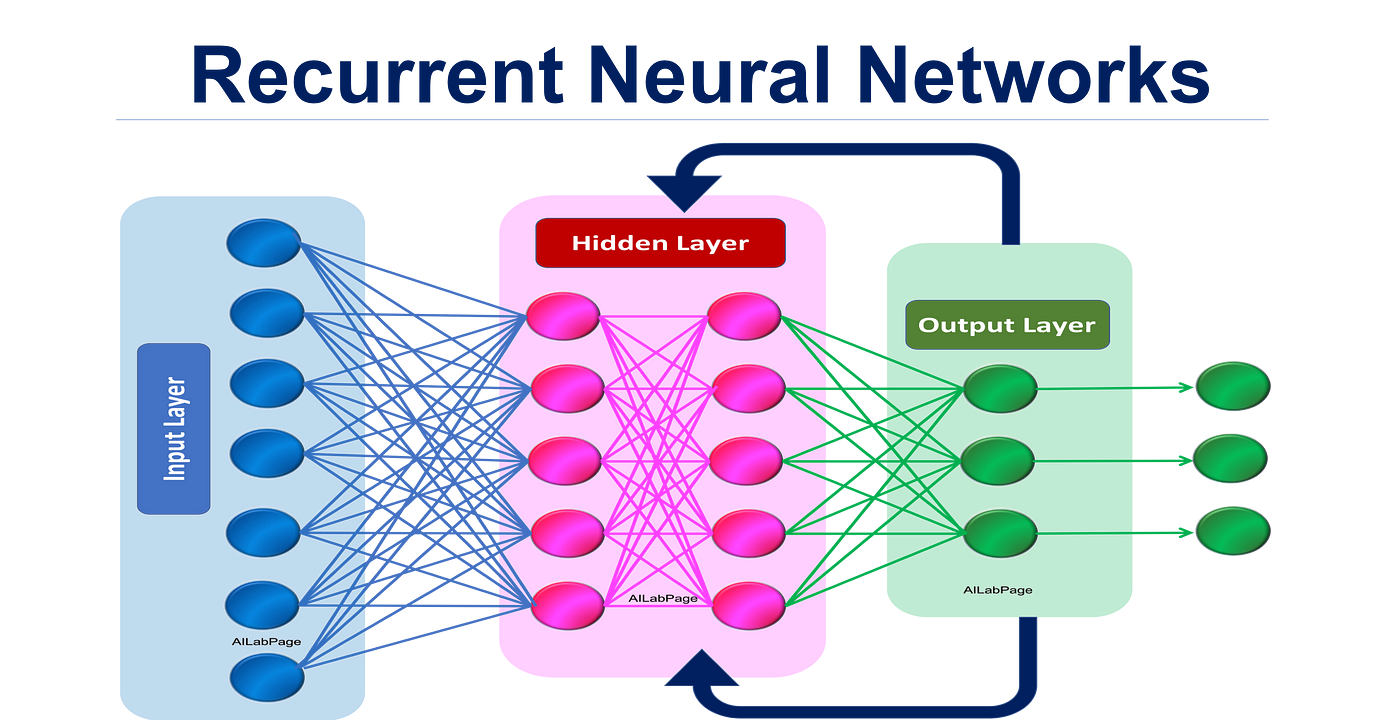What is Artificial Intelligence (AI)?
Module 1: Introduction to AI
What is AI?
Artificial intelligence (AI) is the field of computer science that deals with the creation of intelligent agents, which are systems that can reason, learn, and act autonomously. AI research has been highly successful in developing effective techniques for solving a wide range of problems, from game playing to medical diagnosis.
History of AI
The history of AI can be traced back to the early days of computing when researchers were interested in developing machines that could perform tasks traditionally considered the exclusive domain of humans, such as playing chess and solving puzzles. In the 1950s, the field of AI was formally established, and researchers began to develop more sophisticated techniques for machine learning and problem-solving.
Different types of AI
Rule-based AI:Rule-based AI systems use a set of pre-defined rules to make decisions. These systems are typically fast and efficient, but they can be inflexible and unable to handle new situations that they have not been explicitly programmed for.Machine learning AI:Machine learning AI systems learn from data. These systems can be trained to perform a wide range of tasks, such as recognizing objects in images, translating languages, and predicting customer behavior. Machine learning AI systems are often more flexible and adaptable than rule-based AI systems, but they can be more computationally expensive to train and deploy.Deep learning AI:Deep learning AI systems are a type of machine learning AI that uses artificial neural networks to learn from data. Artificial neural networks are inspired by the structure and function of the human brain, and they are able to learn complex patterns from data. Deep learning AI systems have achieved state-of-the-art results on a wide range of tasks, including image recognition, natural language processing, and machine translation.
Applications of AI
Healthcare:AI is used to develop new drugs and treatments, diagnose diseases, and provide personalized care to patients.Finance:AI is used to detect fraud, manage risk, and make investment decisions.Transportation:AI is used to develop self-driving cars and trucks, optimize traffic flow, and improve public transportation.Manufacturing:AI is used to automate tasks, improve quality control, and optimize production processes.Customer service:AI is used to provide chatbots and other automated customer support tools.Entertainment:AI is used to develop video games, movies, and music.
Benefits and risks of AI
AI has the potential to revolutionize many aspects of our lives. However, it is important to be aware of the potential risks associated with AI, such as:
Job displacement:As AI becomes more sophisticated, it is possible that AI systems will be able to automate many jobs currently performed by humans. This could lead to widespread job displacement and unemployment.Bias:AI systems are trained on data, and if this data is biased, the AI system will be biased as well. This could lead to discrimination against certain groups of people.Safety:AI systems can be dangerous if they are not properly designed and tested. For example, self-driving cars could cause accidents if they are not properly programmed.
It is important to develop AI systems that are safe, beneficial, and inclusive. We need to ensure that AI is used for good and that it does not harm people or society.
I hope this overview of Module 1 is helpful. Please let me know if you have any other questions.
Module 2: Machine Learning
What is machine learning?
Machine learning is a type of artificial intelligence (AI) that allows software applications to become more accurate in predicting outcomes without being explicitly programmed to do so. Machine learning algorithms use historical data as input to predict new output values.
Types of machine learning
- Supervised learning: In supervised learning, the algorithm is trained on a set of labeled data, where each input has a corresponding output. The algorithm learns to map inputs to outputs by finding a pattern in the data.
- Unsupervised learning: In unsupervised learning, the algorithm is trained on a set of unlabeled data. The algorithm must learn to find patterns in the data without any prior knowledge of the outputs.
- Reinforcement learning: In reinforcement learning, the algorithm learns to perform a task by trial and error. The algorithm is rewarded for taking actions that lead to desired outcomes and penalized for taking actions that lead to undesired outcomes.
Machine learning algorithms
- Decision trees: Decision trees are a type of supervised learning algorithm that can be used for classification and regression tasks. Decision trees learn to make decisions by splitting the data into smaller and smaller subsets until each subset contains only one class or value.
- Linear regression: Linear regression is a type of supervised learning algorithm that can be used for regression tasks. Linear regression learns to predict a continuous output value by fitting a linear function to the data.
- Support vector machines: Support vector machines (SVMs) are a type of supervised learning algorithm that can be used for classification and regression tasks. SVMs learn to find a hyperplane that separates the data into two classes.
- K-nearest neighbors: K-nearest neighbors (KNN) is a type of unsupervised learning algorithm that can be used for classification and regression tasks. KNN predicts the output value for a new data point by finding the K most similar data points in the training data and averaging their output values.
- Neural networks: Neural networks are a type of machine learning algorithm that can be used for supervised, unsupervised, and reinforcement learning tasks. Neural networks are inspired by the structure and function of the human brain, and they are able to learn complex patterns from data.
Machine learning applications
- Image recognition: Machine learning is used to develop image recognition systems that can identify objects in images and videos.
- Natural language processing: Machine learning is used to develop natural language processing (NLP) systems that can understand and generate human language.
- Fraud detection: Machine learning is used to develop fraud detection systems that can identify fraudulent transactions.
- Recommendation systems: Machine learning is used to develop recommendation systems that can recommend products, movies, and other items to users.
- Medical diagnosis: Machine learning is used to develop medical diagnosis systems that can help doctors to diagnose diseases more accurately.
Module 3: Deep Learning
What is deep learning?
Deep learning is a type of machine learning that uses artificial neural networks to learn from data. Neural networks are inspired by the structure and function of the human brain, and they are able to learn complex patterns from data. Deep learning has achieved state-of-the-art results on a wide range of tasks, including image recognition, natural language processing, and machine translation.
Neural networks
Neural networks are made up of interconnected nodes, called neurons. Each neuron has a number of inputs and outputs, and it performs a simple calculation on its inputs to produce its outputs. Neurons are arranged in layers, and the outputs of one layer are the inputs to the next layer.
Convolutional neural networks
Convolutional neural networks (CNNs) are a type of neural network that is well-suited for image recognition tasks. CNNs learn to extract features from images by applying a series of filters to the image. Each filter detects a specific type of feature, such as edges, corners, or colors.
Recurrent neural networks
Recurrent neural networks (RNNs) are a type of neural network that is well-suited for natural language processing tasks. RNNs can learn long-term dependencies in sequences of data, such as the words in a sentence.

Deep learning applications
Deep learning is used in a wide range of applications, including:
- Image recognition: Deep learning is used to develop image recognition systems that can identify objects in images and videos. For example, deep learning is used to develop facial recognition systems, self-driving car systems, and medical imaging systems.
- Natural language processing: Deep learning is used to develop natural language processing (NLP) systems that can understand and generate human language. For example, deep learning is used to develop machine translation systems, chatbots, and virtual assistants.
- Speech recognition: Deep learning is used to develop speech recognition systems that can convert spoken language to text. For example, deep learning is used to develop voice assistants and dictation software.
Module 4: Other AI Topics
Natural language processing (NLP)
NLP is a field of computer science that deals with the interaction between computers and human language. NLP systems are able to understand and generate human language, and they are used in a wide range of applications, such as machine translation, chatbots, and voice assistants.
.png)
Computer vision
Computer vision is a field of computer science that deals with the ability of computers to understand images and videos. Computer vision systems are able to identify objects in images and videos, track objects over time, and understand the context of images and videos. Computer vision systems are used in a wide range of applications, such as self-driving cars, facial recognition systems, and medical imaging systems.

Robotics
Robotics is a field of engineering that deals with the design, construction, operation, and application of robots. Robots are able to perform tasks autonomously, and they are used in a wide range of applications, such as manufacturing, healthcare, and logistics.

AI ethics
AI ethics is a field of study that deals with the ethical implications of artificial intelligence. AI ethics researchers are concerned with issues such as the potential for AI to be used for harmful purposes, the potential for AI to create new forms of inequality, and the potential for AI to change the nature of human society.
Module 5: AI in Action
Case studies of real-world AI applications
- Google Translate: Google Translate uses AI to translate text between over 100 languages.
- Tesla Autopilot: Tesla Autopilot uses AI to enable self-driving capabilities in Tesla vehicles.
- Amazon Alexa: Amazon Alexa uses AI to power voice-activated devices such as the Amazon Echo and Amazon Dot.
- Netflix Recommendations: Netflix uses AI to recommend movies and TV shows to its users.
- Spotify Recommendations: Spotify uses AI to recommend music to its users.
Hands-on projects with AI tools and technologies
- Build a chatbot: Build a chatbot that can answer customer questions or provide customer support.
- Develop a machine learning model: Develop a machine learning model to predict customer churn, identify fraudulent transactions, or recommend products.
- Train a neural network: Train a neural network to classify images, translate languages, or generate text.
Resources
- TensorFlow: TensorFlow is an open-source software library for numerical computation using data flow graphs.
- PyTorch: PyTorch is an open-source machine learning framework based on the Torch library.
- Keras: Keras is a high-level API for building and training neural networks.
- Scikit-learn: Scikit-learn is a free software machine learning library for the Python programming language.
- Kaggle: Kaggle is a website for data science and machine learning competitions.
I hope this gives you some ideas for Module 5. Please let me know if you have any other questions.









Comments
Post a Comment